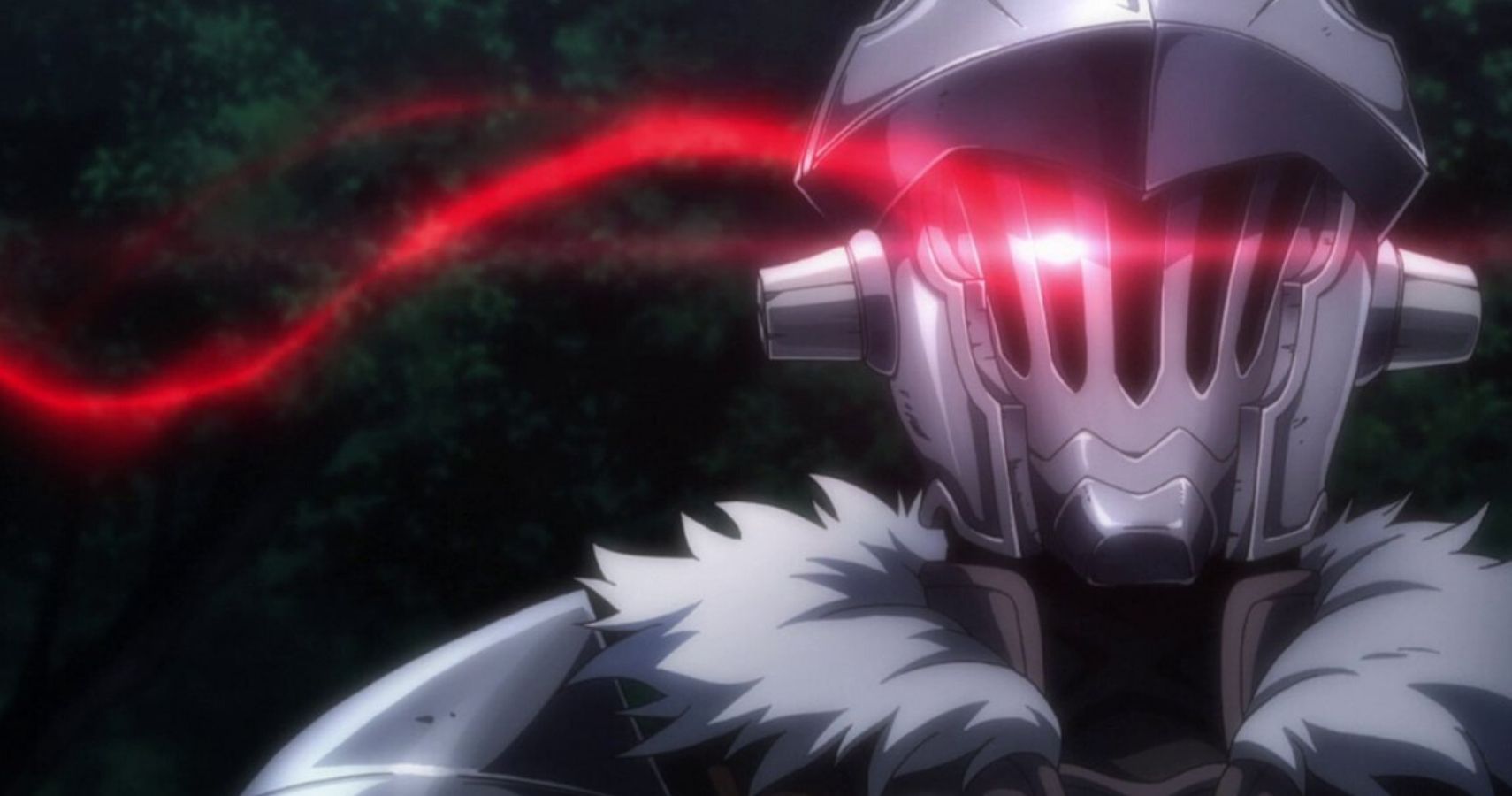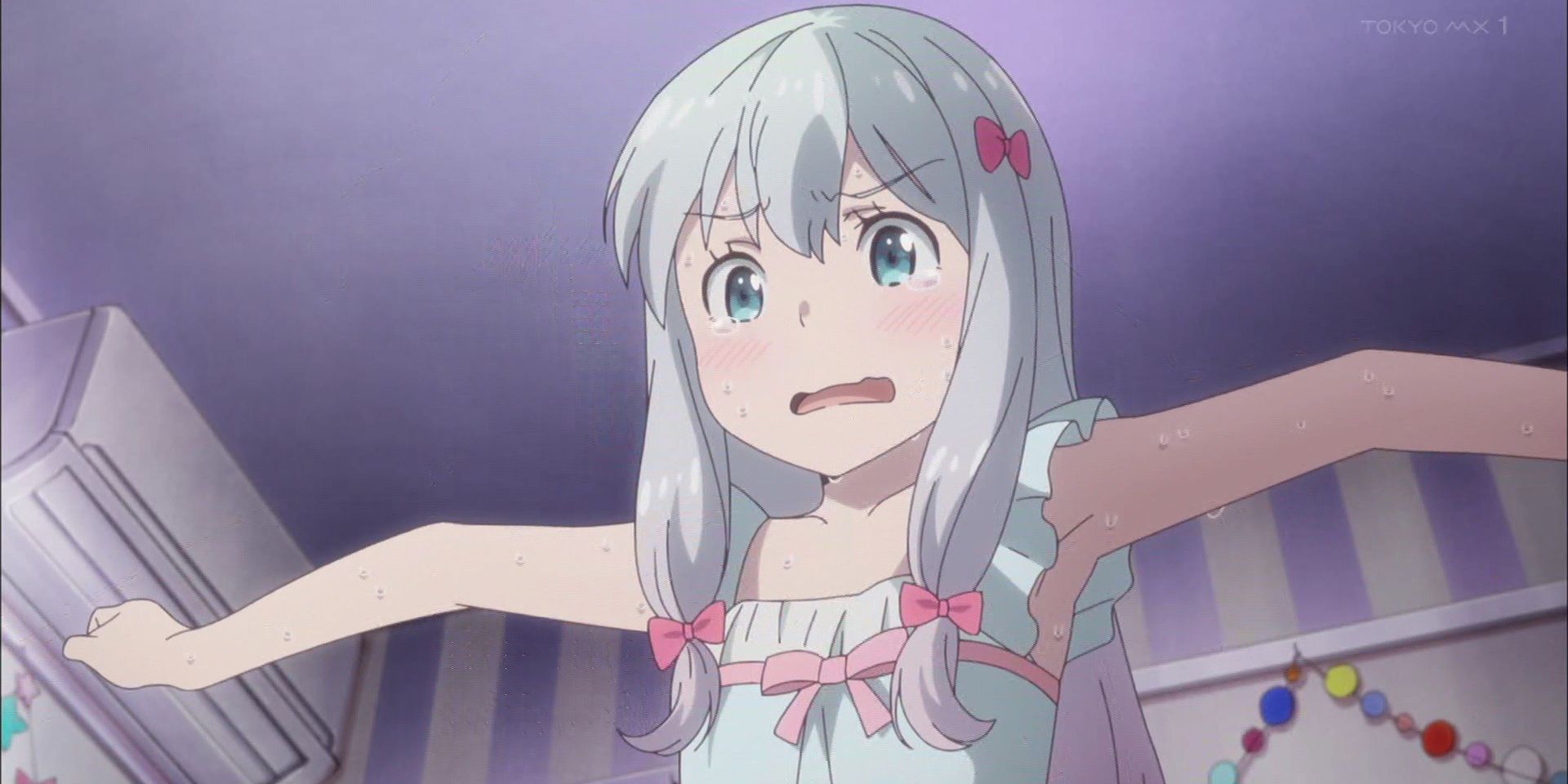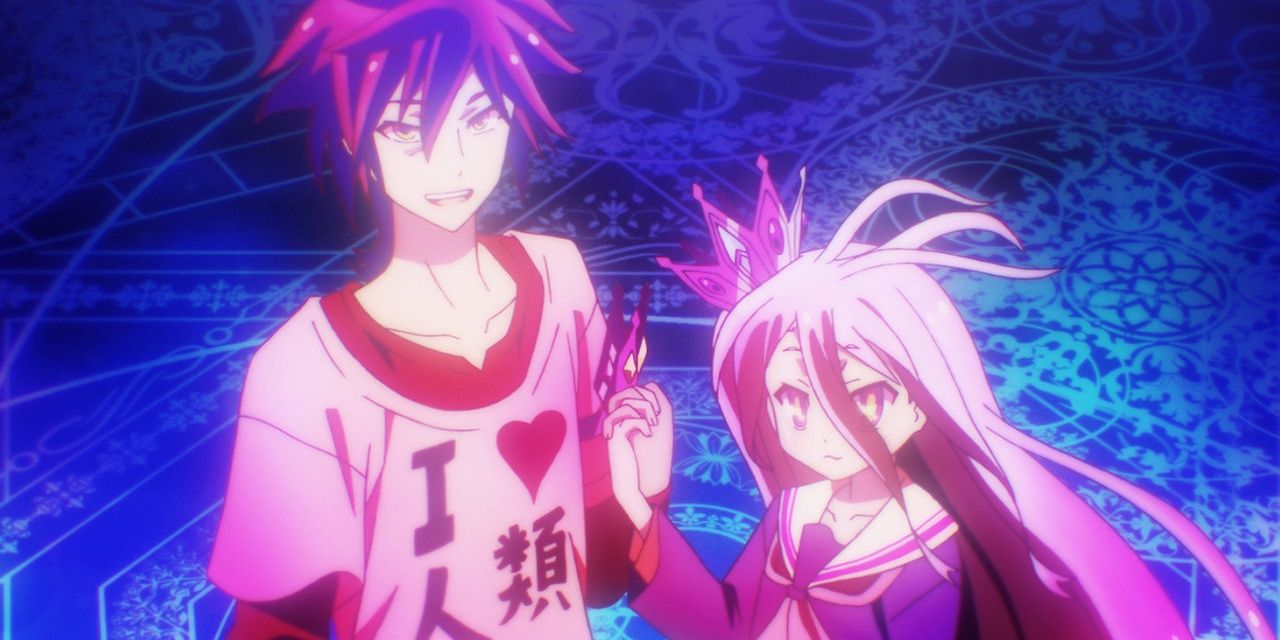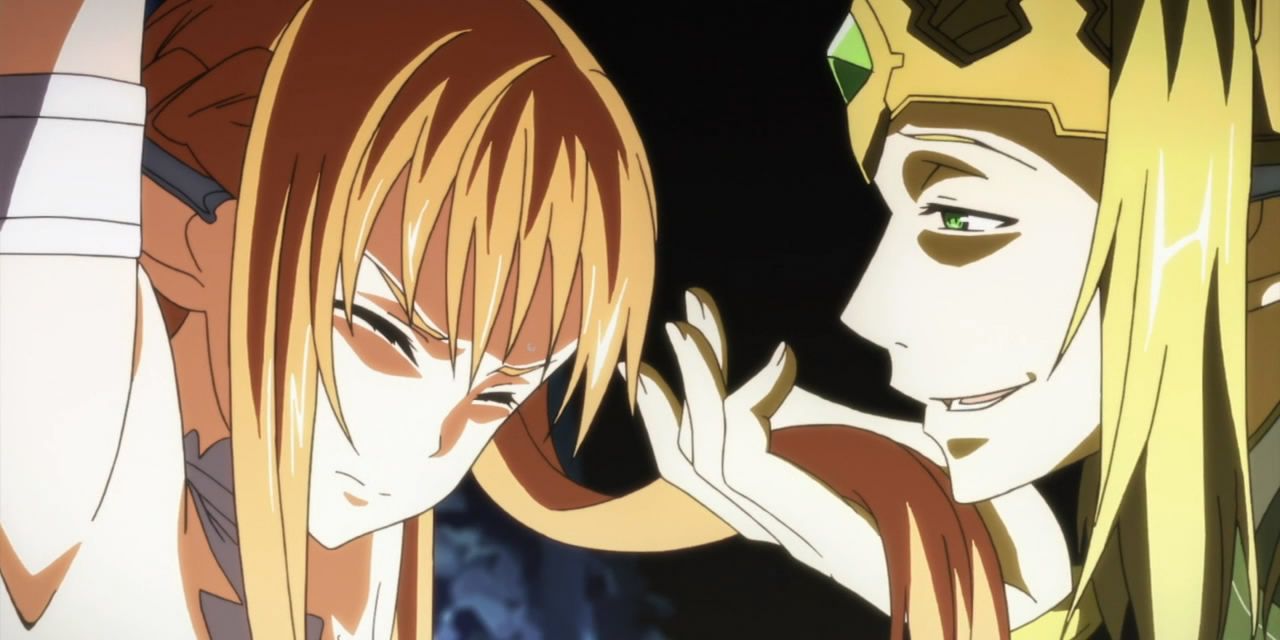Earlier this month, Kinokuniya pulled multiple manga titles from distribution in Australia, and many are suspecting the recent removal of several manga and light novels from the Kindle store as also being related to Australian threats of censorship. This sweep included infamous titles such as Eromanga Sensei, My Little Sister Can't Be This Cute!, Sword Art Online, Goblin Slayer and No Game No Life. The removals cited sexualization and abuse of minors as legal reasons to withdraw support for these series.
Content Controversy
To cut straight to the heart of the controversy, this issue is about the legal differences surrounding the depiction of children in media. Australian Senator Stirling Griff decries the lax attitude towards illustrations of minors in anime and manga, explaining that the Australian "Commonwealth Criminal Code prohibits the sale, production, possession and distribution of offensive and abusive material that depicts a person, or is a representation of a person, who is or appears to be under 18." They are a far cry from Japan's legal boundaries, which specifically exclude fictional characters; child pornography was not even illegal until just six years ago.
Vocal fans decry these acts as unfair censorship, whereas others applaud efforts to remove offensive material from the hands of minors and possible predators. For Australia, however, taking action against fictional depictions of child abuse is neither new nor controversial. In fact, the legal definition cited by Senator Griff has been in effect since 2004. Australian lawmakers have long since criminalized all forms of virtual and fictional child abuse on the grounds that it increases risk of child abuse through normalization of such content. Their requests to Kinokuniya prohibiting sale of offensive works were simply enforcement of existing laws.
Before the Australian outcry, there were already forces at work quietly removing titles, in this case online. Amazon's Kindle Content Review team delisted fourteen different light novels and manga without a word, only saying that it reserved the right to determine what was considered appropriate on its platform. While it is possible that this was a precursor to the removal of overlapping titles from bookstores, Amazon's actions may also point to growing global pressure for online platforms to be ever more vigilant in removing support for controversial content.
Underage Characters
The banned titles themselves have long been the butt of jokes in the anime and manga community, and not for no reason. My Little Sister Can't Be This Cute! and No Game No Life have long been ridiculed for themes of incest and heavy fanservice, all of which center around underage characters. In particular, the former franchise has been memed for its ending, where the titular siblings agree to be wed. The latter series, which also features an incestuous relationship, is a show that as been criticized for fetishizing "lolis," or characters that are illustrated like children.
Written by the same author as My Little Sister Can't Be This Cute!, Eromanga-Sensei is no different in these respects. Once again, a pair of siblings with incestuous implications are the main characters. The main romantic interest, the sister, is only twelve years old. Despite this, the author makes no attempt to hold back on gratuitous lingerie scenes and upskirt shots. To really drive home the connection between this underage girl and inappropriate sexual content, she is even touted as an avid illustrator of erotic comics. Surpassing its predecessor in already-controversial content, it only makes sense that it was met with censorship as well.
Violent Scenes
Sword Art Online, on the other hand, has been condemned by some for continued depictions of sexual violence against female characters. The villains of long-running series Sword Art Online have a history of turning out to be sexual predators, with more than one teenage girl being kidnapped, tortured and threatened with sexual assault. This is incredibly problematic for a show aimed towards younger audiences, and even avid fans have been annoyed or even turned off by recurrent scenes of girls tied up by malevolent perverts.
Action thriller Goblin Slayer has also been denounced for gratuitous violence and graphic sexual assault. While many of the characters are indeed adults, the fact that some adventurers are minors has dangerous implications. A fifteen-year-old Priestess adventurer at first joins a party of her peers, but her fellow female allies receive brutal treatment: stripped and ruthlessly violated by goblins. She then comes to witness and experience further violence on her travels with the warrior Goblin Slayer. Despite the disturbing and controversial nature of such scenes, Goblin Slayer is different from the others in that its topics and characters reflect that it is an adult series.
For as long as entertainment has existed, there have been critics. Classic plays, books and poetry were all forms of media denounced at their inception by individuals worried about the corruption of public morals. In hindsight, these knee-jerk reactions may seem unfounded and short-sighted. However, today, education and research gives us the opportunity to form more nuanced opinions about the media we consume. Considering the influence popular entertainment has on the general public, both fans and lawmakers may take this dispute as a chance for discussion: moving forward, a careful balance must be struck between complete freedom of expression and the protection of vulnerable groups.




